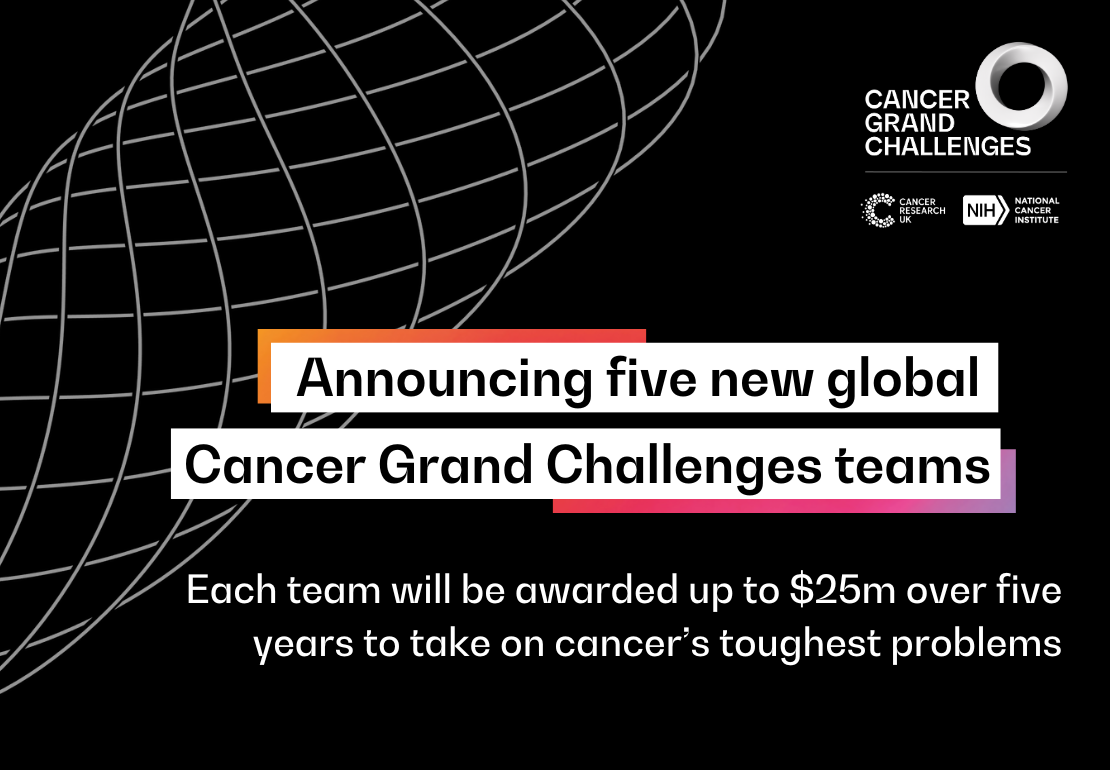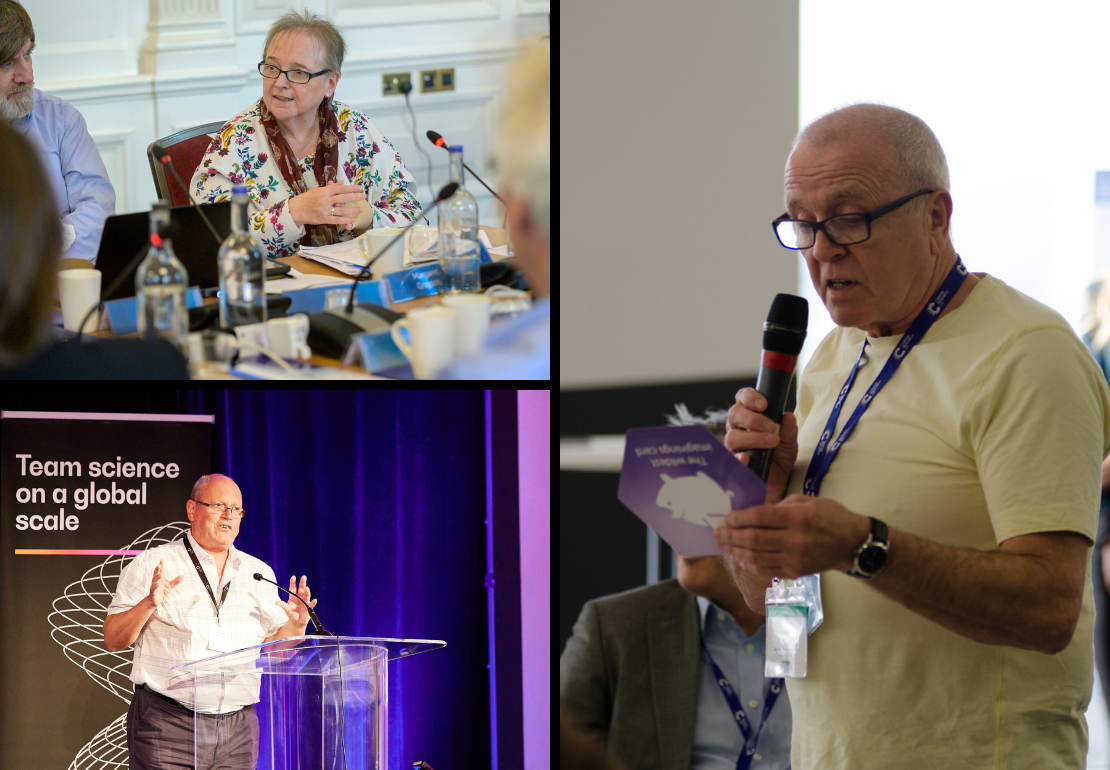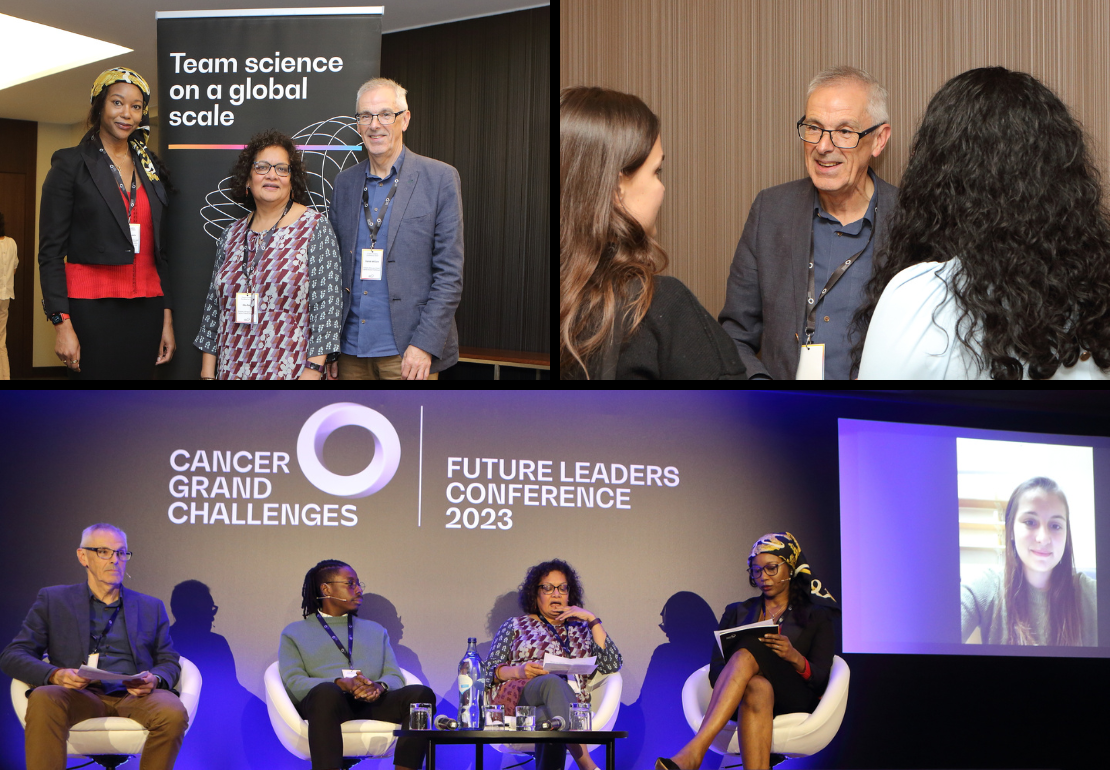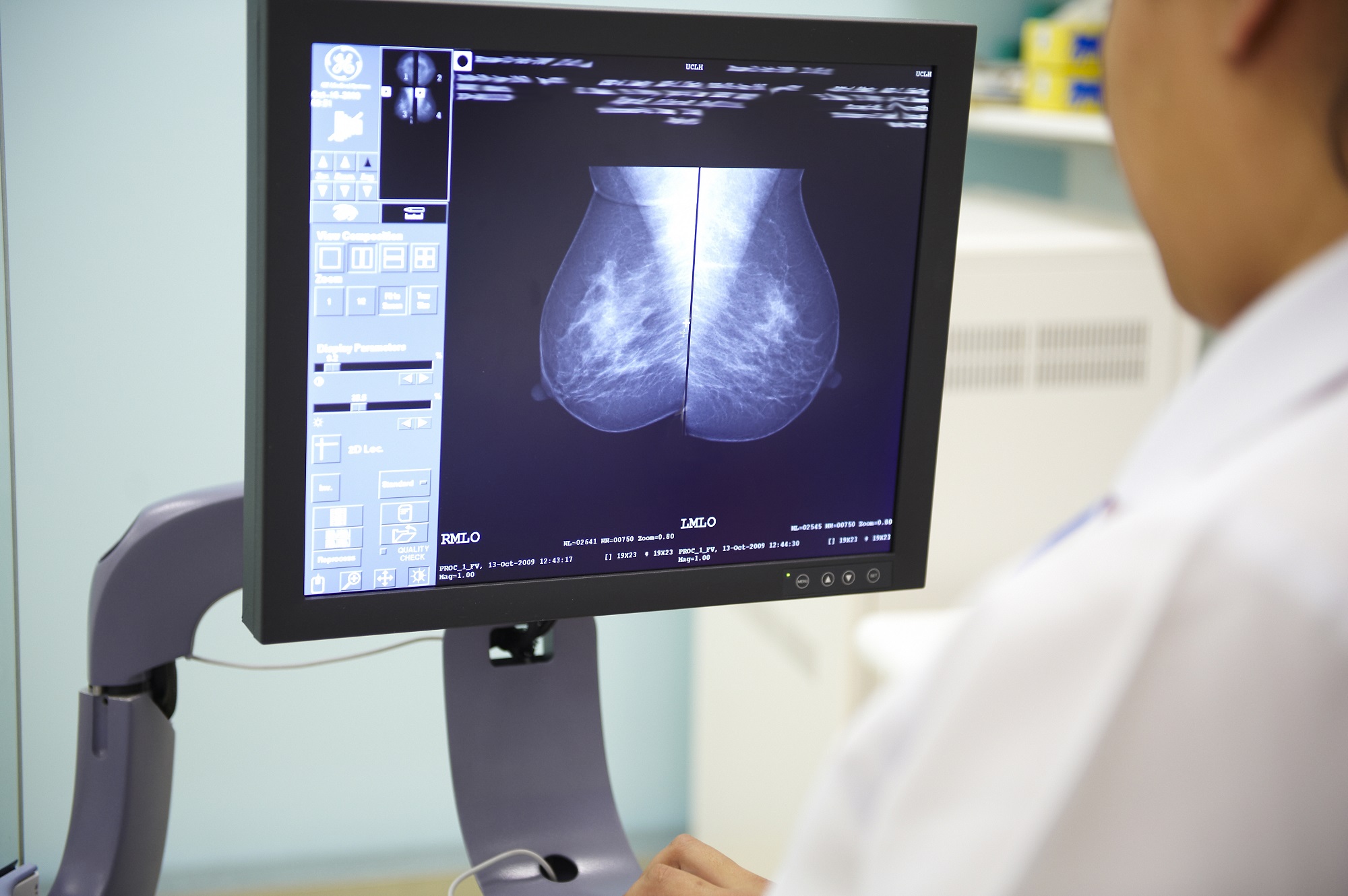IMAXT
Find a way of mapping tumours at the molecular and cellular level


Professor Greg Hannon, Team Lead
Senior Group Leader, CRUK Cambridge Institute
IMAXT
INSTITUTIONS
8
LOCATIONS
UK, Switzerland, USA, Canada and Republic of Ireland
FUNDED BY
Cancer Research UK - £20m
SPECIALISMS
Biology, mathematics, bioinformatics, astronomy, physics, chemistry, neuroscience
The world's first virtual reality map of cancer
By developing an entirely new way to study cancer, IMAXT could revolutionise the diagnosis and treatment of people with the disease.
A new perspective
Funded by:

Tumour biopsies play a crucial role in a patient’s cancer journey, providing vital information on faulty genes to guide their diagnosis and support decisions around treatment.
But to fully understand cancer, we need to know everything about a tumour: what types of cells are in it, how many there are, what they are doing and exactly where they are located. Biopsies are very useful but current technologies used in the lab look at the sample or cells individually, rather than in the context of the surrounding environment. This provides researchers vital information about the separate components of a tumour, but the detailed overview of how the cells interact is missing.
A detailed, 3D picture of a tumour would enable doctors and scientists to develop new ways to diagnose and treat the disease, stopping it from spreading and coming back.
Tackling this challenge is IMAXT: a global team of experts from fields as diverse as medicine and astronomy, programming and molecular biology, and virtual reality (VR) and statistics. By combining existing techniques with entirely new approaches, IMAXT aims to build the first computerised 3D tumour that can be viewed in VR.
Building an atlas
IMAXT’s approach requires more than 20,000 pieces of data from every cell in a tumour – not just its position, shape and identity, but also detail on its genetics and the proteins found both inside it and on its surface.
This high level of information can’t be captured with existing technology, so the team is building its own: a high-powered microscope attached to a device that slices samples into minute layers. All layers are thoroughly photographed and analysed before being recombined into a faithful, 3D representation of a tumour and its microenvironment, exactly as it was in the body.
Scrutinising every detail of a tumour could transform the way doctors match patients to treatment. But this amount of information demands an entirely new mode of exploration and communication – and that’s where VR comes in. By viewing the data in a 3D virtual environment, users can walk right through the tumour, visualising the relationships between cells and performing scientific analyses in real-time.
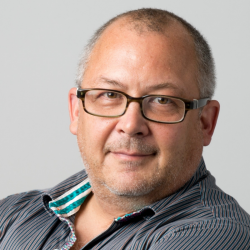
Professor Greg Hannon, Team Lead
Senior Group Leader, CRUK Cambridge Institute
Building a tumour in virtual reality allows us to see information about the behaviour, location and characteristics of tumour cells all at the same time. This will help us understand more about tumours and begin to answer questions that have eluded cancer scientists for many years.
Stepping inside a tumour
This immersive experience also opens a new opportunity for collaboration. Researchers and physicians on different sides of the globe could meet in VR spaces to study a tumour in ways that simply aren’t possible in 2D. And for patients, having their clinical data presented in this way may help them to navigate some of their treatment options.
By developing an entirely new way to study cancer, IMAXT hopes to change how people’s cancers are classified, treated and managed, giving more people a better chance of surviving their disease.
Harnessing the power of data: no mean feat
Each sample collected and analysed by the team represents around 100 terabytes of data – more than twice the amount of information collected over the first 20 years of the Hubble Telescope.
Professor Greg Hannon is internationally recognised for his contributions to small RNA biology, cancer biology and mammalian genomics. He has a long history in the discovery of cancer genes and he has developed widely used tools and strategies for manipulation of gene expression in mammalian cells and animals, including generating genome-wide shRNA libraries that are available to the cancer community.
Organisation
Cancer Research UK Cambridge Institute
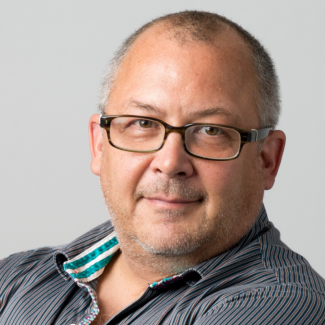
Professor Sir Shankar Balasubramanian is the Herchel Smith Professor of Medicinal Chemistry in the Department of Chemistry and Senior Group Leader at the Cambridge Institute in the University of Cambridge. He specialises in nucleic acids chemistry and is a co-inventor of Solexa-Illumina next generation sequencing and epigenetic sequencing.
His primary contribution to the Grand Challenge will be on the detection and analysis of nucleic acids.
Organisation
Cancer Research UK Cambridge Institute
Discipline
Chemistry
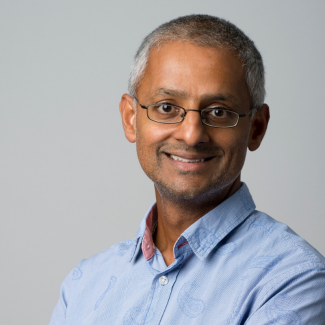
Professor Bernd Bodenmiller studied Biochemistry in Bayreuth and at ETH Zürich, where he obtained his PhD with R. Aebersold. . For his postdoctoral training, he joined the laboratory of G. Nolan at Stanford University, developing methods for signaling network analysis by mass cytometry. Mass cytometry allows to quantify 135 proteins at the single cell level. In 2013 he became ERC Assistant Professor at the University of Zürich. There his group developed highly multiplexed tissue imaging by mass cytometry and algorithms for downstream data analyses.
In the Grand Challenge these methods will be used to generate at subcellular resolution three dimensional profiles of protein distribution and signaling activity.
Organisation
University of Zürich
Discipline
Systems Biology
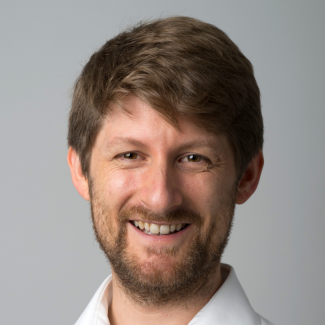
Carlos Caldas is Professor of Cancer Medicine at the University of Cambridge and directs the Breast Cancer Functional Genomics Laboratory at the CRUK Cambridge Institute. He is the Director of the Breast Cancer Programme at the CRUK Cambridge Cancer Centre. His laboratory is focused on characterizing the clonal and cellular heterogeneity of breast cancers and how this affects response to therapy and outcomes, on creating explant models that mimic this heterogeneity and their use for drug testing, and on developing tools to monitor the evolution of breast cancers in space and time.
Carlos’s main contribution to the Grand Challenge will be analysing the unique sample sets accrued in these studies as the primary targets for building 3D tumour maps and how this information will be used as a clinical biomarker
Organisation
Cancer Research UK Cambridge Institute
Discipline
Breast Cancer
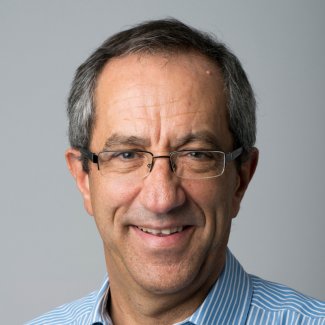
Darrio Bressan graduated in Molecular Biology and Neurobiology from the Scuola Normale Superiore of Pisa, Italy, in 2008. He then moved to the USA, where he obtained a PhD from Cold Spring Harbor Laboratory, NY, working with Dr Greg Hannon. Since 2014, Darrio has been a research associate at the CRUK Cambridge Institute.
His role in the Grand Challenge will be to integrate different types of cellular analysis with 3D imaging in order to produce coherent maps of tumours, and visualise them in an interactive way.
Organisation
Cancer Research UK Cambridge Institute
Discipline
Cellular and Molecular Biology
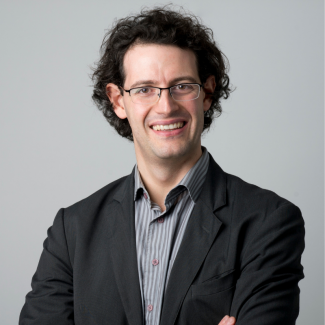
Johanna Joyce was recruited to the Ludwig Institute of Cancer Research at the University of Lausanne, Switzerland in 2016. Prior to that, she led a lab at Memorial Sloan Kettering Cancer Center, New York, USA where she was promoted to tenured Full Member and Professor. The Joyce lab investigates the tumour microenvironment of primary cancers and metastatic disease, and in determining the critical influence that non-cancerous immune and stromal cells have on tumour progression and therapeutic response.
Professor Joyce will focus on addressing these important questions in breast cancer as part of the IMAX Grand Challenge team.
Organisation
Ludwig Institute for Cancer Research, University of Lausanne
Discipline
Tumour Biology
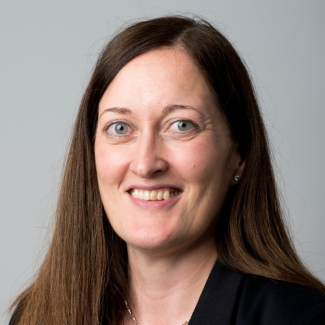
Dr Nicholas Walton is a research astronomer at the Institute of Astronomy, University of Cambridge. He is interested in understanding the formation and evolution of our Milky Way and the hunt for planets outside of our solar system. He is currently a member of the ESA Gaia science team, and in Cambridge, leads the development of the exoplanet analysis system for ESA's upcoming planet hunter mission, PLATO. Before Cambridge he was at the Royal Greenwich Observatory, La Palma and gained a PhD from Imperial College, London.
Within the Grand Challenge team he is responsible for developing the advanced image analysis techniques to segment, align and initially characterise the cells and structures in the IMAX raw image data.
Organisation
Institute of Astronomy, University of Cambridge
Discipline
Astronomy
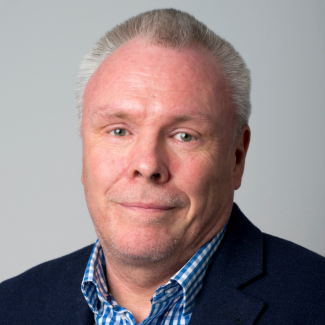
Owen Harris is a designer, programmer, artist and writer. He teaches Game Design in DIT and regularly speaks all over Ireland and Europe. He is a founder of Imirt, an organisation set up to improve the quality and visibility of Irish games, and runs the local community game design event dubLUDO. Owen is obsessed with virtual reality, playfulness and the intersection of technology and wellbeing. When not working on DEEP, a VR mental health game, he builds VR experiences and games for others. His mission is to bring about an increased awareness of the value of playfulness in everyday life.
For the Grand Challenge Owen heads the Virtual Reality team. Working with Flaminia Grimaldi, Dario Bressan and Robby Becker, the team is building a cutting edge virtual lab to explore cancer in a brand new way.
Organisation
Súil Interactive Ltd
Discipline
Virtual Reality
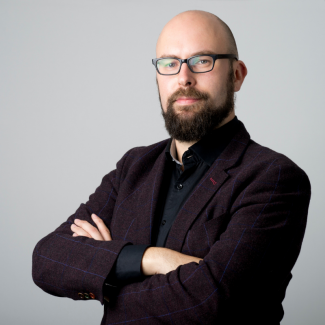
Professor Samuel Aparicio is the Nan & Lorraine Robertson Chair in Breast Cancer Research UBC, chair of the BC Cancer Agency Department of Breast and Molecular Oncology in Vancouver, Canada and Fellow of the Royal Society of Canada. He has most recently conducted foundational work on methods for studying the evolution of human cancers using next-generation sequencing approaches and single cell sequencing methods. Dr Aparicio is also working to develop quantitative measures of clonal fitness in patients, including methods for single cell genome sequencing and patient derived xenograft models of human cancer.
His role in grand challenge is leader of the Canadian contribution to the GC, focus on single cell genomics as an approach to fitness and cellular dynamics, quantitative methods and visualization.
Organisation
University of British Columbia, British Columbia Cancer Agency
Discipline
Breast Cancer Biology
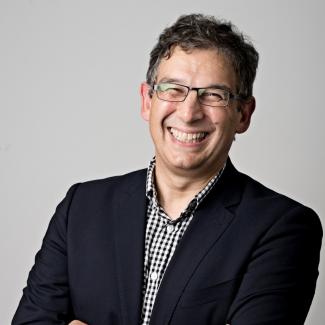
Professor Simon Tavaré spent 25 years in academia in the US before returning to the UK in 2003, where he is a Professor in the Department of Applied Mathematics and Theoretical Physics at the University of Cambridge. His research interests include computational biology, statistics and inference for stochastic processes, particularly approximate Bayesian computation. Since 2013 he has been Director of the Cancer Research UK Cambridge Institute, where his research group focuses on statistical bioinformatics and cancer evolution.
Simon will lead the statistical analysis aspects of the Grand Challenge project.
Organisation
Cancer Research UK Cambridge Institute
Discipline
Computational Biology
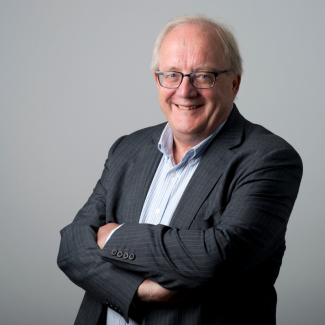
Xiaowei Zhuang is the David B. Arnold Professor of Science at Harvard University and an investigator of the Howard Hughes Medical Institute. Her lab develops advanced imaging technologies, in particular single-molecule and super-resolution imaging methods, and applies these methods to biological studies.
As a member of the CRUK Grand Challenge Team, she will use MERFISH, a single-cell transcriptome imaging method developed in her lab, to help produce the three-dimensional cell atlas of breast tumors and their host environments. Zhuang is a member of the US National Academy of Sciences and the American Academy of Arts and Sciences, a foreign member of the Chinese Academy of Sciences and the EMBO, a fellow of the American Physical Society, and an honorary fellow of the Royal Microscopical Society.
Organisation
Harvard University
Discipline
Molecular Imaging
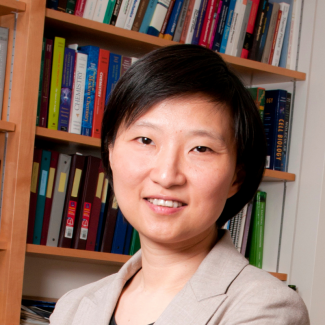
Ed Boyden is Professor of Biological Engineering and Brain and Cognitive Sciences at the MIT Media Lab and the MIT McGovern Institute, and an investigator of the Howard Hughes Medical Institute. His group develops tools, such as optogenetics and expansion microscopy, for analysing and repairing complex biological systems such as the brain, and applies them systematically to understand and repair these systems. Amongst other recognitions, he has received the Breakthrough Prize in Life Sciences 2016, the BBVA Foundation Frontiers of Knowledge Award 2015 and the Grete Lundbeck Brain Prize 2013 for his work.
His role in the Grand Challenge is to develop optimized forms of expansion microscopy multiplexed analysis of cancer.
Organisation
Massachusetts Institute of Technology
Discipline
Neuroengineering
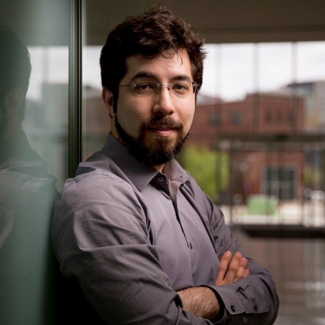
Dr Sohrab Shah received a PhD in computer science from UBC in 2008 and was appointed as a Principal Investigator to The BC Cancer Agency and the University of British Columbia in 2010. He holds the Canada Research Chair in Computational Cancer Genomics, and is the recipient of both a Michael Smith Foundation for Health Research Career Investigator Award and a Terry Fox Research Institute New Investigator Award. His research focuses on understanding how tumours evolve over time through integrative approaches involving genomics and computational modeling. Dr Shah has pioneered computational methods and software for inference of mutations in cancer genomes as well as deciphering patterns of cancer evolution which have been widely disseminated internationally.
Organisation
The University of British Columbia
Discipline
Computer Science
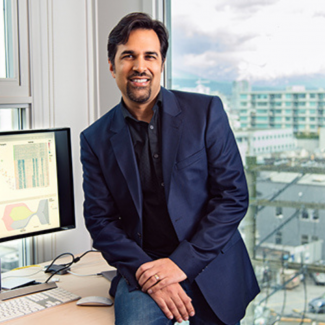
Organisation
Cancer Research UK Cambridge Institute
As a cancer survivor and the Lead Cancer Nurse at Addenbrooke’s hospital in Cambridge Elaine is very passionate about changing the face of cancer through both research and patient care. She sees her role as one of "championing the needs of our patients, to improve their experience of care and supporting our cancer teams in delivering the best outcomes through research and evidence."
She is excited to be working with Carlos, Greg and the wider team in this "wonderful opportunity to represent my peers with cancer" and is looking forward to using her own experience to bring their findings to a wider public and patient audience.
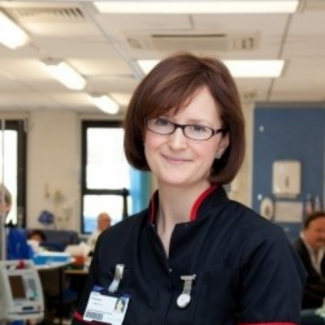
Lynn was a lecturer working with Disaffected and Special Need teenagers but following her recovery from cancer, she now spends her time volunteering for cancer charities and making time to enjoy life. Lynn’s role within the Grand Challenge team is to provide the link to the patients and give a patient perspective as she says: “having a greater understanding of cancer is very important for a patient’s well-being when facing such a life changing event.
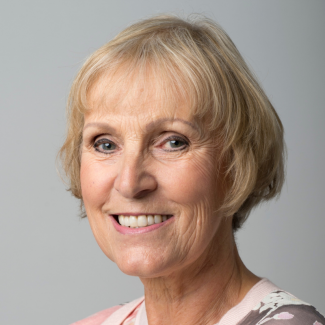
%20(3).png)
.jpg)
